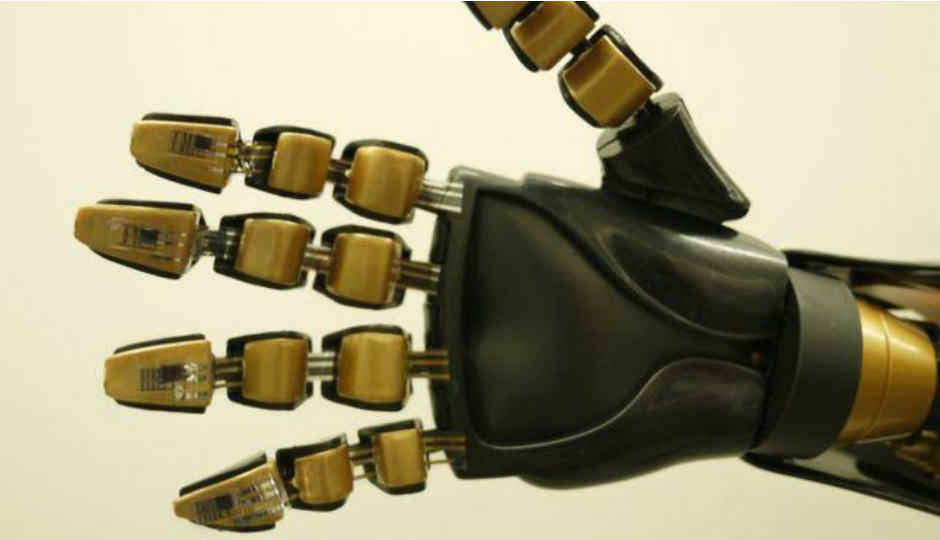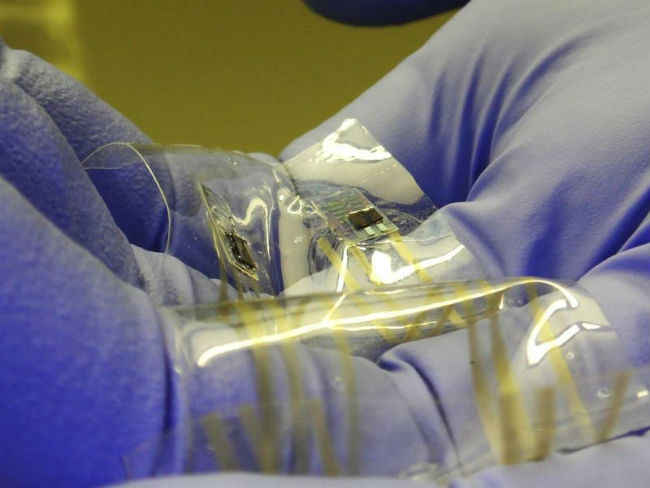
Engineers at Stanford University have developed a pressure sensitive "skin" that can simulate the sense of touch
In a major step forward in making pressure sensitive prosthetic skin, engineers at Stanford University have created a sensor that can simulate the sense of touch. The flexible transistor circuit translates the pressure to electrical pulses. The engineers have been able to successfully induce neural activity in mouse brain tissue. The study has been published in Science magazine.
All the pressure sensitive sensors that have been developed so far, have failed to elicit neural responses directly from the brain. “The electrical signal that comes out from the sensor is not the right format for the brain to be able to interpret it," senior author Zhenan Bao told BBC. The raw data from the sensors need to be converted to impulses through the use of microcontrollers or computers. It also adds a lot of noise to the data that is transmitted to the brain.
The team at Stanford has essentially created a flexible piezoelectric sensor composed of a layer of tiny, pyramid-shaped carbon nanotubes on top of an oscillator circuit. When pressure is applied on the surface, variable electrical pulses are generated based on the deformation of the pyramids. These can then be interpreted by the brain cells. To test this device, the engineers employed a technique called optogenetics. Instead of directly relaying the pulses to the brain cells, a blue LED light was used as an interface. A part of the brain tissue was modified to respond to blue photons. The engineers then connected the sensor to the LED, which flashed onto the mouse brain cells. It was found that the brain cells responded to the flashes of the blue light up to a frequency of 200Hz.
The team is now aiming to reduce the size of these flexible sensors, so that more of them can fit in a given area. However, optogenetics is still in its infancy. Research is still going on to determine whether it can become a viable alternative to electrical stimulation. It might be a few more years before we can expect to have any kind of pressure sensitive artificial skin. But, we are definitely getting there.
Source: Science





